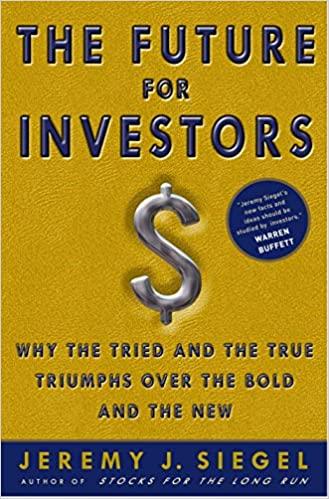
The Butler-Perkins Company (BPC) must decide between two mutually exclusive projects. Each project has an initial outflow of $7,000 and has an expected life 3 years. Annual project cash flows begin 1 year after the initial investment and are subject to the following probability distributions: Project A Project B Probability Cash Flows Probability Cash Flows 0.2 $6,250 0.2 0.6 7,000 0.6 7,000 7,750 0.2 19,000 BPC has decided to evaluate the riskier project at 11% and the less-risky project at 10%. a. What is each project's expected annual cash flow? Round your answers to the nearest cent. Project A: $ Project B: $ Project B's standard deviation (OB) is $6,132 and its coefficient of variation (CVB) is 0.77. What are the values of (CA) and (CVA)? Do not round intermediate calculations. Round your answer for standard deviation to the nearest cent and for coefficient of variation to two decimal places. A: $ CVA: b. Based on their risk-adjusted NPVs, which project should BPC choose? -Select- ) C. If you knew that Project B's cash flows were negatively correlated with the firm's other cash flow, whereas Project A's flows were positively correlated, how might this affect the decision? -Select- If Project B's cash flows were negatively correlated with gross domestic product (GDP), while A's flows were positively correlated, would that influence your risk assessment? -Select- The Butler-Perkins Company (BPC) must decide between two mutually exclusive projects. Each project has an initial outflow of $7,000 and has an expected life 3 years. Annual project cash flows begin 1 year after the initial investment and are subject to the following probability distributions: Project A Project B Probability Cash Flows Probability Cash Flows 0.2 $6,250 0.2 0.6 7,000 0.6 7,000 7,750 0.2 19,000 BPC has decided to evaluate the riskier project at 11% and the less-risky project at 10%. a. What is each project's expected annual cash flow? Round your answers to the nearest cent. Project A: $ Project B: $ Project B's standard deviation (OB) is $6,132 and its coefficient of variation (CVB) is 0.77. What are the values of (CA) and (CVA)? Do not round intermediate calculations. Round your answer for standard deviation to the nearest cent and for coefficient of variation to two decimal places. A: $ CVA: b. Based on their risk-adjusted NPVs, which project should BPC choose? -Select- ) C. If you knew that Project B's cash flows were negatively correlated with the firm's other cash flow, whereas Project A's flows were positively correlated, how might this affect the decision? -Select- If Project B's cash flows were negatively correlated with gross domestic product (GDP), while A's flows were positively correlated, would that influence your risk assessment? -Select







